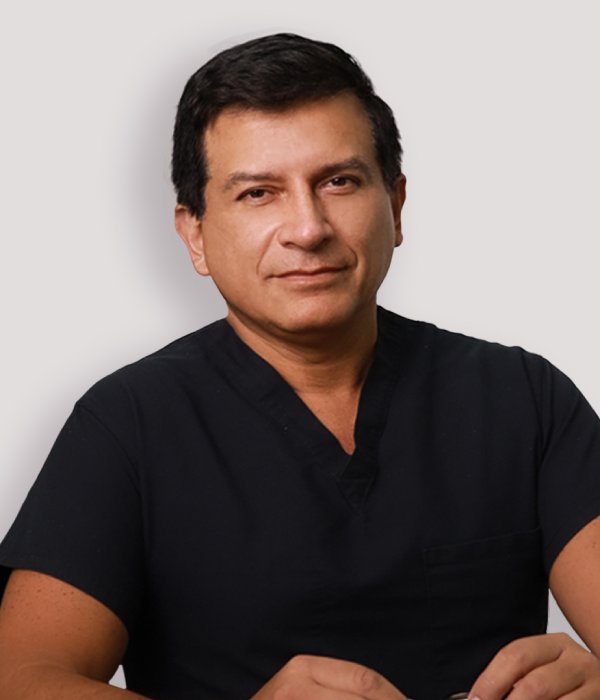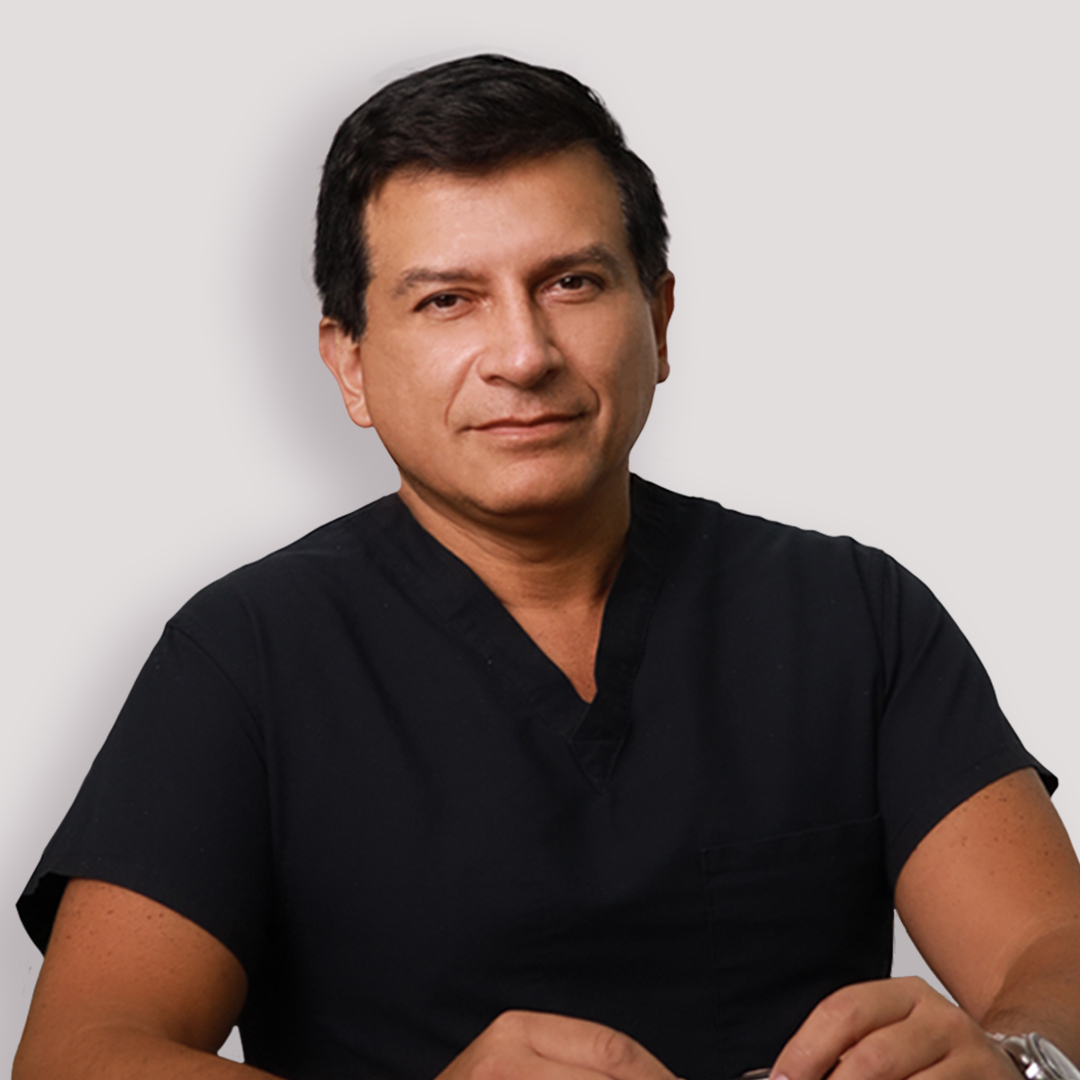Gynecomastia Surgery in Miami
Gynecomastia surgery, which is otherwise called male breast reduction surgery, is a common elective plastic surgery procedure. A lot of men choose to undergo gynecomastia surgery in order to improve their confidence and appearance. If you’re considering this surgery, let us help you prepare for everything you can expect from male breast reduction.
Book A Free Consultation
Gynecomastia Surgery Before and After Photo
If you’re curious about the results of HD liposuctions, here are several before and after photos that prove the effectiveness and safety of the procedure.

What Is Gynecomastia?
Gynecomastia is a medical term used to describe male breast enlargement. It can present as unilateral overdevelopment (on one breast) or bilateral (on both breasts). Gynecomastia can be a result of excess glandular tissue, excess skin, or excess fat tissue. If we’re talking about fat tissue deposits, the correct term for this would be pseudogynecomastia – this condition can be resolved with lifestyle changes, and if it requires surgery, liposuction is most commonly the first choice.
Gyno can occur at any stage of life. It’s common in adolescence – obviously, hormones play a significant role here. Luckily, treatment is usually not necessary, as gynecomastia will spontaneously resolve after a few years. If this condition develops later in life – there are a great number of causes that can be responsible for gynecomastia – it is permanent in most cases. Even newborns can have temporary gyno, thanks to the mother’s hormones that remain in their blood for some time after birth.
Naturally, the only way to get rid of the enlarged breast tissue is surgery. Considering how breast enlargement can affect a man’s self-esteem and quality of life, it comes as no surprise that most of the patients affected by this condition choose to undergo gynecomastia surgery.
Pros and Cons to Consider Before Undergoing the Procedure
| Pros | Cons |
|---|---|
| Can improve physical comfort and alleviate any discomfort or pain caused by excess breast tissue | Involves some degree of scarring, although this can be minimized with proper post-operative care |
| Can improve appearance and boost self-esteem | May be costly, as it is not typically covered by insurance |
| Can help reduce teasing and ridicule related to the condition | Risk of complications, such as infection, bleeding, and adverse reactions to anesthesia |
| Can be performed using either general anesthesia or local anesthesia with sedation, depending on the patient’s preference and the extent of the surgery | Recovery time can vary, with most people able to return to work and normal activities within a week or two, but some people may experience longer recovery times |
| Results are typically permanent, although the condition can recur in some cases | Results may not be as desired, and additional surgery may be needed in some cases |
Who Are the Candidates for Gynecomastia Surgery?
Gynecomastia, or the condition of excess breast tissue in men, can be caused by a variety of factors. Some of the most common causes of gynecomastia include:
Hormonal imbalances: Gynecomastia can be caused by an imbalance between the hormones testosterone and estrogen. Testosterone is the male sex hormone, while estrogen is the female sex hormone. When there is an imbalance between these hormones, it can lead to the development of excess breast tissue in men.
Certain medications: Some medications, such as certain antidepressants, anti-anxiety medications, and steroids, can cause gynecomastia as a side effect.
Obesity: Being overweight or obese can increase the risk of developing gynecomastia, as excess fat in the chest area can cause the appearance of excess breast tissue.
Aging: Gynecomastia is more common in older men, as the levels of testosterone and estrogen can change with age.
Illness or medical conditions: Certain medical conditions, such as liver disease, kidney failure, and hyperthyroidism, can cause hormonal imbalances that can lead to gynecomastia.
It is important to note that gynecomastia can also occur without a clear cause. In these cases, it is referred to as idiopathic gynecomastia. If you are concerned about gynecomastia, it is important to consult with a qualified healthcare provider to determine the underlying cause and discuss treatment options.
Who Are the Candidates for Gynecomastia Surgery?
Gynecomastia is actually more common than one might think. There are more than 20,000 men who get this procedure every year. So, who can be a suitable candidate for this procedure? The most important requirement is that the patient doesn’t have any conditions or illnesses that pose an increased risk of surgical complications.
There are some general criteria that candidates for gynecomastia surgery should meet, including:
- Having excess breast tissue that is causing physical discomfort or psychological distress
- Being in good physical health
- Being a non-smoker or willing to quit smoking for a period of time before and after surgery
- Having realistic expectations about the results of the surgery
It is important to note that gynecomastia surgery is not a weight loss procedure, and it is not recommended for men who are significantly overweight or obese. In these cases, losing weight through diet and exercise may be a more effective treatment option.
If you are considering gynecomastia surgery, it is important to consult with a qualified plastic surgeon who has experience with this procedure. The surgeon will assess your condition and discuss the benefits and risks of the surgery with you to help you determine if it is the right option for you.
Gynecomastia Procedure: A Overview of the Process
During the procedure, the surgeon will make an incision in the breast tissue and remove the excess tissue. The incision will then be closed with sutures, and a bandage or dressing will be applied to the area. After the surgery, the patient will need to rest and avoid strenuous activity for several weeks in order to allow the incision site to heal properly.
Consultation: The first step in the process is to meet with a plastic surgeon for a consultation. The surgeon will examine your breasts and discuss your medical history and the goals you have for the procedure.
Pre-operative preparation: Before the surgery, you may need to stop taking certain medications, such as blood thinners, and you may need to avoid smoking and drinking alcohol. Your surgeon will provide you with specific instructions to follow.
Anesthesia: Gynecomastia reduction is usually performed under general anesthesia, which means you will be asleep during the procedure.
The surgery: The surgeon will make an incision in the breast tissue and remove excess fat, glandular tissue, and skin. The incision will be closed with sutures, and a bandage or dressing will be applied.
Recovery: After the surgery, you will need to rest and avoid strenuous activity for several weeks. You will be given instructions on how to care for the incision site and manage any pain or discomfort.
Follow-up: Your surgeon will schedule follow-up appointments to check on your recovery and ensure that the surgery was successful.
It is important to note that gynecomastia reduction is a major surgery, and it carries risks and complications, such as infection, scarring, and changes in nipple sensation. Your surgeon will discuss these risks with you in detail before the procedure.
How Much Does Gynecomastia Surgery Cost in Miami?
The cost of gynecomastia surgery in Miami can vary widely depending on a number of factors, including the specific technique used, the extent of the procedure, and the experience and reputation of the surgeon. Some general estimates for the cost of gynecomastia surgery in Miami can range from $2,500 to $8,000, although it’s important to keep in mind that these estimates are just rough guidelines and the actual cost of the procedure may be higher or lower.
According to the data provided by the American Society of Plastic Surgeons, male breast reduction surgery in the U.S. costs $4,750 on average, but this number can greatly vary depending on the following factors:
- The skill and experience of your surgeon,
- The geographical location of the clinic you’re having surgery at,
- The surgical technique that’s used,
- Related costs such as the cost of anesthesia, hospital stay, or post-op care,
- Costs of treating any complications if they occur.
Is Gynecomastia Surgery Covered by Insurance?
Gynecomastia surgery is typically considered a cosmetic procedure and is not typically covered by insurance. However, in some cases, insurance may cover the cost of gynecomastia surgery if it is deemed medically necessary.
For example, if a man has gynecomastia due to a hormonal imbalance or another underlying medical condition, insurance may cover the cost of the surgery to correct the imbalance or treat the underlying condition. In these cases, it’s important to consult with both a plastic surgeon and your insurance provider to determine if the surgery is covered and to understand any exclusions or limitations that may apply.
If insurance does not cover the cost of gynecomastia surgery, there are other financing options that may be available, such as medical financing plans or loans. It’s always a good idea to discuss these options with a plastic surgeon or financial advisor to determine the best course of action for your specific situation.
Financing
There are many financing options available for you to help cover the costs of your cosmetic procedure.
$3500

0% Interest
0% Interest if Paid in Full within 6, or 12 months. Up to $25,000

0% Interest
Interest free financing options (on approved credit and provider participation). No prepayment penalty. Up to $25,000

0% Interest
No-interest plans (6,12,18,24 months) Minimum payment required.
Tips for a Successful Recovery After Gynecomastia Reduction Surgery
| Tip | Description |
|---|---|
| Follow your surgeon’s instructions | Your surgeon will provide you with specific instructions for post-operative care, including taking prescribed medications, caring for the incision site, and avoiding certain activities. It is important to follow these instructions carefully to help ensure a smooth recovery. |
| Take prescribed medications as directed | Your surgeon may prescribe pain medication and other medications to help manage discomfort and reduce the risk of infection. It is important to take these medications as directed and to follow your surgeon’s instructions for how long to take them. |
| Wear a compression garment | Your surgeon may recommend that you wear a compression garment over the treated area for a few weeks after the surgery. This can help reduce swelling and support the healing process. |
| Avoid strenuous activity and heavy lifting | You should avoid strenuous activity and heavy lifting for several weeks after the surgery to allow the incision site to heal properly. Your surgeon will provide you with specific instructions on when you can return to your normal activities. |
| Get plenty of rest | Getting plenty of rest after the surgery can help speed up your recovery. It is important to listen to your body and take it easy during the first few weeks after the procedure. |
| Stay hydrated | Drinking plenty of fluids can help support the healing process and reduce swelling. It is important to stay hydrated by drinking plenty of water and other fluids. |
| Eat a healthy diet | Eating a healthy diet can help support the healing process and give you the energy you need to recover. Choose foods that are rich in nutrients and avoid processed or sugary foods. |
| Keep the incision site clean and dry | It is important to keep the incision site clean and dry to reduce the risk of infection. Follow your surgeon’s instructions for how to care for the incision site, and be sure to keep it dry and free of dirt and debris. |
| Avoid exposing the incision site to the sun | Exposure to the sun can cause the incision site to become red and irritated. To reduce the risk of this happening, avoid exposing the incision site to the sun for the first few weeks after the surgery. |
| Take it easy | It is important to take it easy and listen to your body during the recovery process. Avoid overexerting yourself, and be sure to get plenty of rest. |
| Wear comfortable clothing | Wear comfortable clothing that does not rub or irritate the incision site. Avoid tight or constricting clothing, as this can increase swelling and discomfort. |
| Avoid alcohol and smoking | Alcohol and smoking can interfere with the healing process and increase the risk of complications. It is important to avoid these substances while you are recovering from surgery. |
What You Need to Know About the Risks of Gynecomastia Surgery
As with any surgery, there are potential risks and complications associated with gynecomastia surgery. Some of the most common risks include:
Infection: There is a risk of infection after any surgery, which can cause swelling, redness, and fever.
Bleeding: It’s possible to experience bleeding after gynecomastia surgery, which can lead to the formation of hematomas (collections of blood under the skin).
Scarring: Gynecomastia surgery typically involves incisions in the skin, which can result in scarring. The extent of scarring can depend on the individual’s genetics and the technique used by the surgeon.
Numbness: It’s possible to experience numbness or tingling in the chest area after gynecomastia surgery, which can be temporary or permanent.
Changes in nipple sensation: Some people may experience changes in nipple sensation after gynecomastia surgery, such as increased sensitivity or decreased sensation.
Asymmetry: It’s possible for the chest to be uneven after the surgery, although this can often be corrected with additional surgery.
Poor wound healing: In rare cases, the incisions may not heal properly, which can lead to the formation of scar tissue or other complications.
To minimize the risk of complications, it’s important to choose a qualified plastic surgeon and follow all pre-and post-operative instructions carefully. If you have any concerns about potential risks or complications, don’t hesitate to discuss them with your surgeon.
Schedule Consultations With a Doctor Before Gynecomastia Surgery
If you’re considering this surgical procedure and researching “gynecomastia surgery near me” options, you will need a great doctor who will explain everything to you and ensure you feel comfortable before your procedure. Scheduling a consultation is a great first step to getting the look you want – our skilled doctors at Moon Plastic Surgery Center are here for you.
Don’t hesitate to contact us to book your appointment with one of our professionals in Miami – you can call our office or fill out an inquiry form on our website. We would be happy to have you as a patient!
@moonaesthetics_
29K Followers
Frequently asked questions
How Long Does It Take to Fully Recover From Gynecomastia Surgery?
The recovery time after gynecomastia surgery can vary depending on a number of factors, including the extent of the surgery, the individual’s age and overall health, and the specific technique used by the surgeon. In general, most people can expect to return to work and other normal activities within a week to 10 days after the procedure.
However, it’s important to keep in mind that the recovery process can vary widely from person to person, and some people may take longer to recover fully. Your plastic surgeon will provide specific post-operative instructions to help you minimize the risk of complications and ensure a smooth recovery.
For the first few days after the surgery, you can expect to experience some swelling, bruising, and discomfort, which can be managed with pain medication as prescribed by your surgeon. You will also need to avoid any strenuous activity or heavy lifting for at least a few weeks after the procedure to allow your body time to heal properly.
It’s important to follow your surgeon’s instructions carefully to ensure a smooth and successful recovery. If you have any concerns about your recovery, don’t hesitate to contact your surgeon for guidance.
What Should I Do Before Surgery for Gynecomastia?
Before you undergo a surgical procedure for gynecomastia, you will have to go in for a detailed medical evaluation, so your doctor can decide if you’re in good condition for surgery. In addition to a physical examination, you might need to get some lab tests. Your doctor will tell you how long before surgery you have to stop smoking, and they will also adjust your medications (if you’re taking any) or give you some new ones.
You will have to avoid NSAIDs and aspirin, as well as any herbal supplements, a few weeks prior to the procedure since they can increase bleeding. Lastly, it’s best to arrange for someone to take you to surgery and stay with you the night after the procedure.
There are several things you can do to prepare for gynecomastia surgery:
Follow any pre-operative instructions: Your surgeon will provide you with specific instructions to follow before the surgery, such as avoiding certain medications or avoiding eating or drinking after midnight on the day of the surgery. It’s important to follow these instructions carefully to minimize the risk of complications.
Arrange for transportation and post-operative care: You will need someone to drive you home after the surgery and to stay with you for the first 24 hours after the procedure. It’s a good idea to arrange for this ahead of time.
Stop smoking: If you smoke, it’s important to stop at least two weeks before the surgery to reduce the risk of complications.
What Can Go Wrong With Gynecomastia Surgery?
Although gynecomastia surgery is a pretty safe procedure, it’s still surgery, which means it comes with some risks. The most common complications that occur after this procedure are swelling, bruising, bleeding, and visible scarring. Other problems that patients may have after the surgery include loose skin, loss of nipple skin, inverted nipples, or numbness of the nipples.
How Do I Get the Best Results After Gynecomastia Surgery?
If you want the best results, be sure to follow your doctor’s instructions for post-op care and the recovery period. Resting is essential, and so is a healthy diet and hydration. You will also have to wear a compression vest for two weeks after the surgery. Taking care of your incisions as per the doctor’s instructions is crucial as well.
Avoid smoking – it can slow wound healing and make your recovery time longer than it’s supposed to be. Although you can’t engage in any strenuous physical activity, relaxing walks can do you a lot of good and they should be an important part of your recovery. Moving your body will not only be beneficial physically, but it will also add to your mental well-being.
How Painful Is Gyno Surgery?
The surgery itself won’t be painful since you will be under anesthesia, but after that, you may experience some discomfort in the following few weeks. You will most likely feel quite sore for a few days, and experience tightness for up to four weeks after the procedure. If there is some pain present, you can take pain medication that your doctor will prescribe, or even some over-the-counter ones, depending on the pain levels.
Can Gyno Grow Back After Surgery?
Male breast reduction, or gynecomastia surgery, is a breast tissue removal that’s considered a permanent method. The tissue that your surgeon will remove during this procedure can’t grow back. However, some patients may develop excess breast tissue due to an unhealthy lifestyle – which means excessive eating of fattening food.
Recreational substances and anabolic steroids should be avoided in order to maintain satisfying results after the breast reduction procedure. In addition to that, following your doctor’s instructions to the letter should ensure your results remain permanent.

Dr Fernando J Lora MD

Tumescent Liposuction Recovery: What to Expect and How to Care for Your Results
Tumescent liposuction is one of the most commonly performed liposuction procedures, with many benefits to it. Still, before you decide to undergo this surgery, you
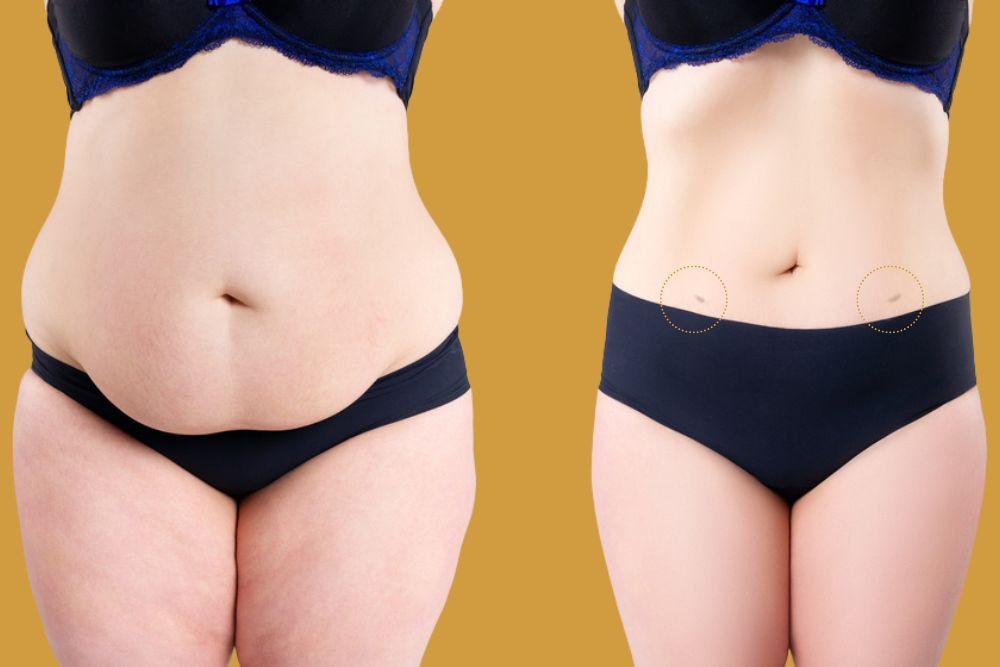
Tumescent Liposuction Scars: What to Expect
Tumescent liposuction is a popular and effective procedure for removing excess fat from specific areas of the body. One of the main benefits of tumescent
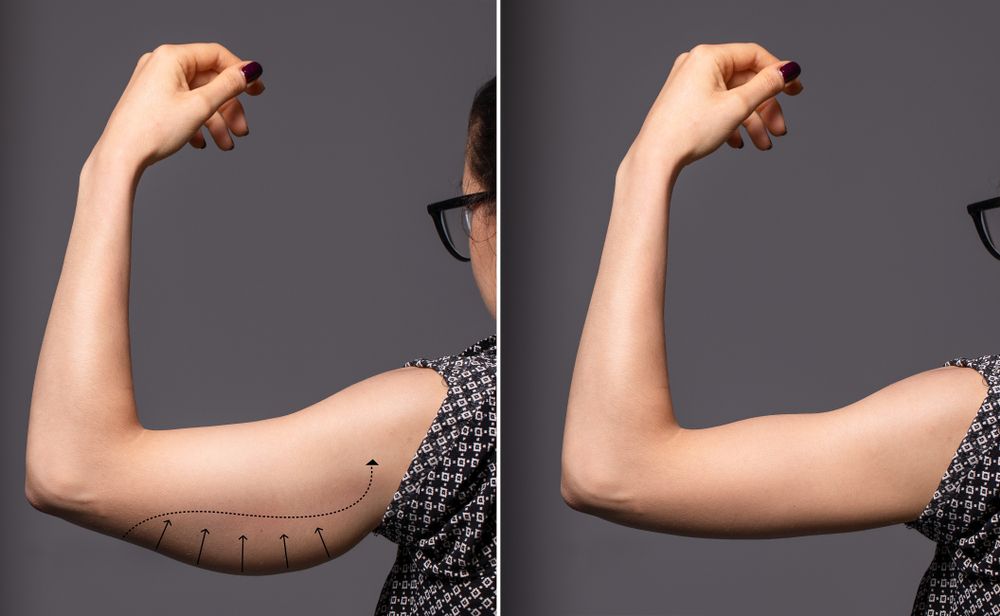
Arm Lift Cost in the US: What You Need to Know
The cost of an arm lift in the United States can vary widely depending on a number of factors, including the surgeon’s experience and reputation,

Coolsculpting vs. Laser Liposuction
Laser Liposuction and CoolSculpting are the most popular procedures for fat removal. So, what is CoolSculpting? What is laser liposuction? What are the primary differences
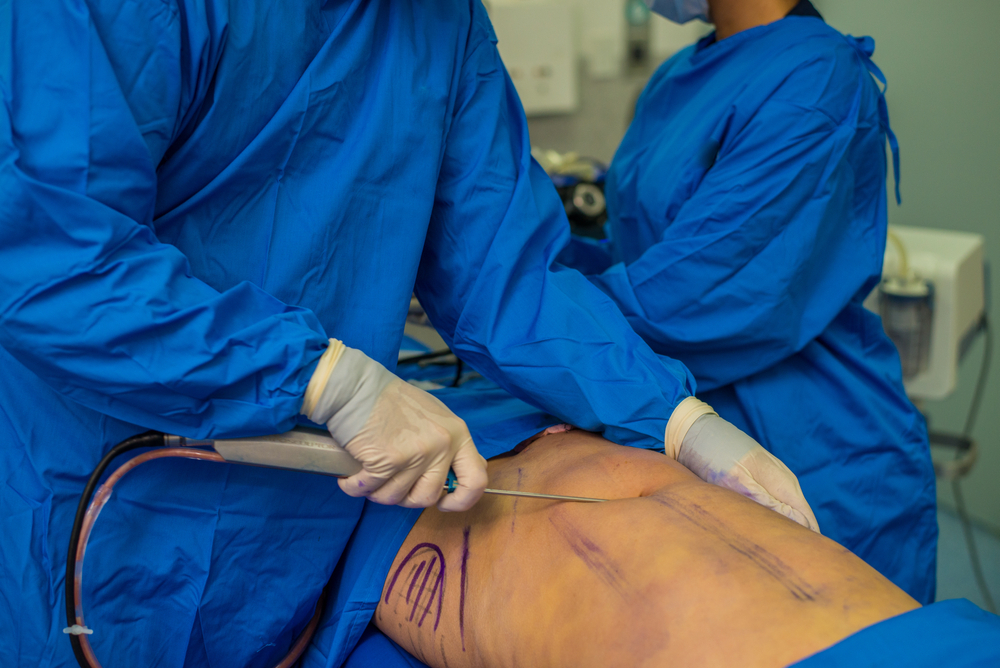
Liposuction vs. Smart lipo
Cosmetic surgeries have become popular in recent years, allowing people to improve their physical appearance. You can undergo invasive, less invasive, and non-invasive cosmetic procedures
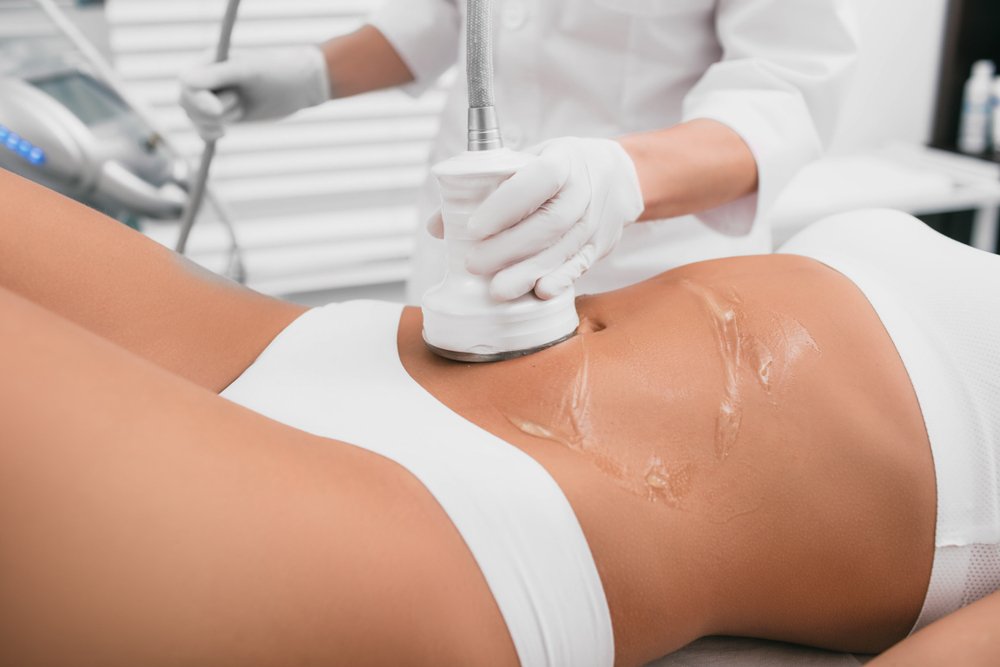
What is Micro Laser Liposuction?
Liposuction is a popular cosmetic procedure for people who can’t lose with a balanced diet and regular exercise. Liposuction permanently removes fatty tissues and improves
Contact Us
Getting in touch with us is easy. Leave us your information and we will contact you as soon as possible. You can call us with any questions or inquiries

